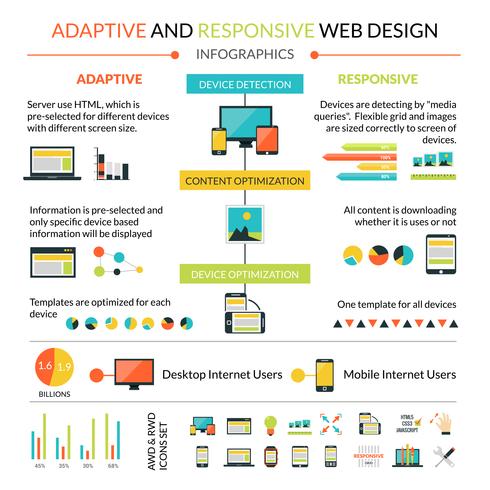Eager To Uncover Just How Internet Site Design Has Transformed Gradually? Study The Evolution From Simplicity To User-Focused Experiences
Eager To Uncover Just How Internet Site Design Has Transformed Gradually? Study The Evolution From Simplicity To User-Focused Experiences
Blog Article
Material Author-Kahn Lunde
In the past, internet sites were straightforward and concentrated on details. Navigation was direct, and style was for desktop computers. Now, customer experience is crucial. Data guides layouts for simple navigation. Receptive designs suit various tools. Today, dark setting decreases pressure, and minimalist food selections boost navigation. Interactive features involve customers, and strong visuals stick out. AI combination increases interaction. See exactly how style has progressed to improve your on-line journey.
Early Days of Web Design
In the early days of web design, simplicity preponderated. Sites were basic, with minimal colors, fonts, and designs. The emphasis got on providing details rather than flashy visuals. Individuals accessed the internet via sluggish dial-up links, so speed and performance were crucial.
Navigating menus were straightforward, typically located on top or side of the page. Web sites were designed for computer, as mobile surfing had not been yet widespread. Web content was king, and developers focused on simple readability over intricate design elements.
HTML was the primary coding language used, and developers had to function within its constraints. Animations and interactive features were marginal compared to today's standards. Websites were static, with little vibrant content or customized customer experiences.
Surge of User-Focused Layout
With the evolution of web site style, a change in the direction of user-focused design principles has actually become increasingly popular. Today, developing web sites that prioritize individual experience is critical for involving site visitors and accomplishing business objectives. User-focused style includes comprehending the demands, choices, and habits of your target audience to tailor the web site's layout, web content, and includes as necessary.
Designers now conduct detailed research study, such as individual studies and functionality screening, to collect insights and responses straight from customers. This data-driven strategy helps in developing intuitive navigating, clear calls-to-action, and visually enticing interfaces that reverberate with site visitors. By placing the customer at the facility of the layout process, internet sites can supply a more personalized and satisfying experience.
Responsive design has actually likewise emerged as a crucial aspect of user-focused design, guaranteeing that internet sites are maximized for different devices and screen dimensions. This adaptability boosts accessibility and use, accommodating the diverse ways users communicate with web sites today. Basically, the surge of user-focused layout signifies a shift in the direction of developing digital experiences that focus on the demands and expectations of the end individual.
Modern Trends in Website Design
Check out the most recent patterns forming web design today. One noticeable fad is dark setting style, using a streamlined and modern-day appearance while lowering eye pressure in low-light atmospheres. An additional key pattern is minimal navigation, simplifying menus and boosting customer experience by focusing on essential elements. Including micro-interactions, such as animated buttons or scrolling impacts, can develop a more appealing and interactive internet site. Receptive style continues to be important, making certain smooth individual experiences across various gadgets. In addition, utilizing bold typography and asymmetrical designs can add aesthetic interest and accentuate particular content.
Incorporating AI innovation, like chatbots for customer assistance or personalized recommendations, boosts customer interaction and enhances procedures. Ease of access has also become a substantial pattern, with developers prioritizing comprehensive layout practices to deal with diverse individual requirements. Welcoming sustainability by optimizing website efficiency for speed and efficiency is an additional emerging trend in web design. Working together with customer feedback and data analytics to iterate and improve design continually is vital for staying relevant in the ever-evolving digital landscape. By accepting https://smallbiztrends.com/2022/01/using-website-crawler-digital-marketing.html , you can produce an aesthetically attractive, user-friendly internet site that reverberates with your target market.
Verdict
As you assess the advancement of internet site layout from the very early days to now, you can see exactly how user-focused design has actually come to be the driving pressure behind modern trends.
Welcome Suggested Reading of adjustment and adaptation in website design, always maintaining the customer experience at the leading edge.
Tippingpointdigital
Keep existing with the latest trends and modern technologies, and never ever quit advancing your method to produce aesthetically spectacular and straightforward web sites.
Advance, adapt, and develop - the future of website design is in your hands.
